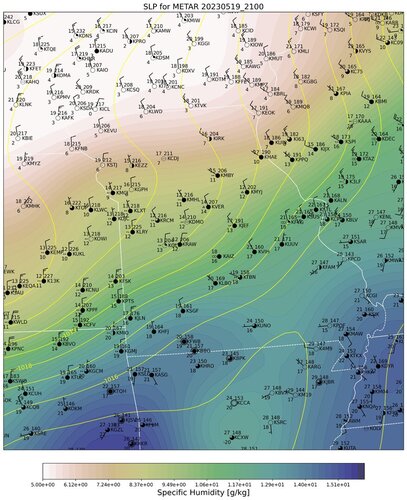Tom Mull
EF0
Went storm chasing last week. A cold front was coming through and I thought there might be some storms to view. Unfortunately, there was a low cloud deck and all I could see was the rain coming out of the bottom of some of the storms. When looking to chase storms, how can I tell if there are going to be low clouds blocking the view of what is happening higher up in the storms? Thanks.

